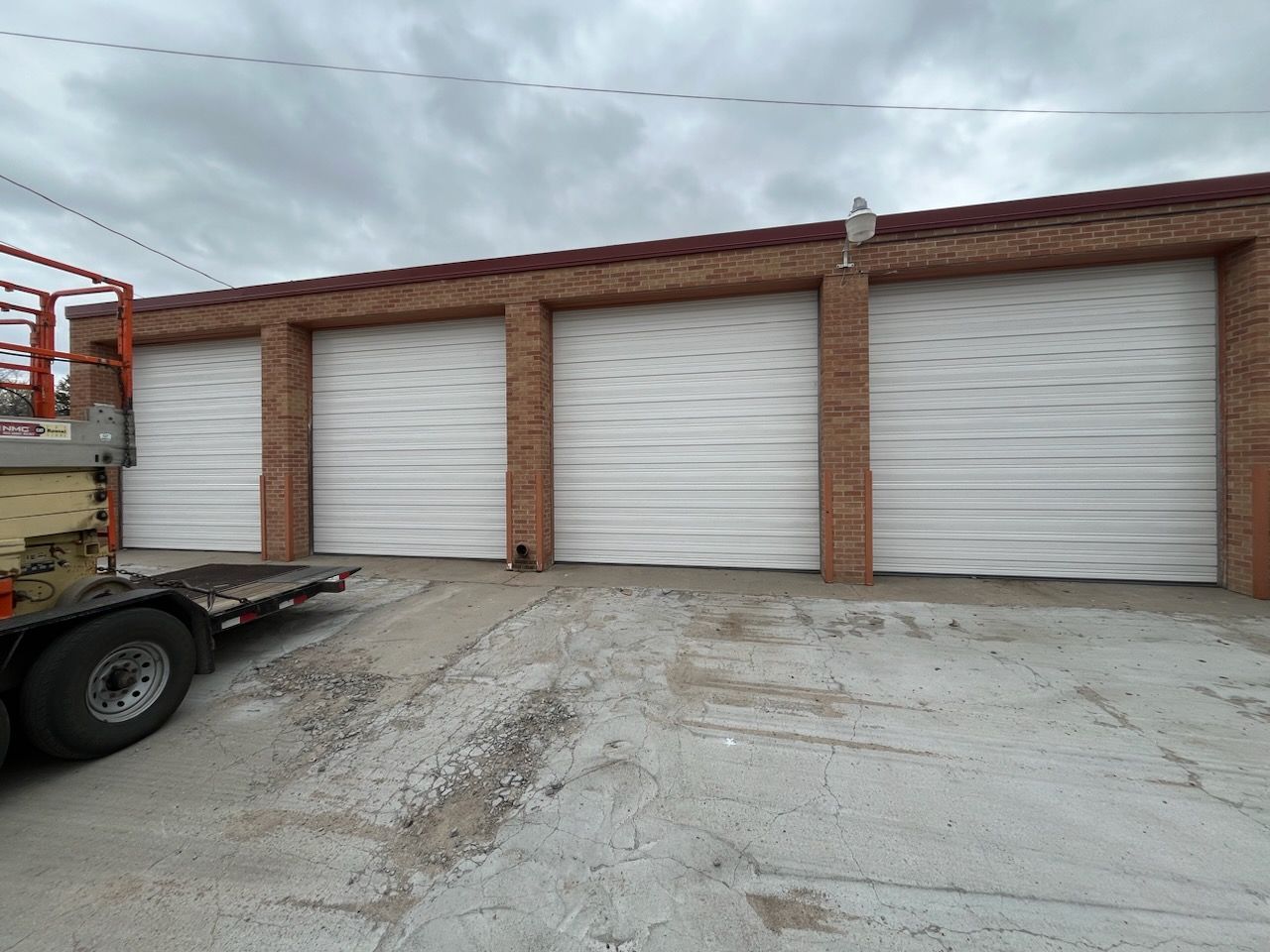Your overhead door does more than just open and close; it protects your home, keeps energy costs down, and adds value. But like any complex equipment, it needs care. Ignoring subtle issues can lead to expensive fixes—or worse, a door that fails completely. Let’s explore the top 5 signs your overhead door might need repair and why acting quickly is key.
1. Unusual Noises During Operation
Does your overhead door creak, grind, or screech? These sounds are not just annoying—they’re a cry for help. Unusual noises can indicate issues with the door’s springs, tracks, or opener system. Left unchecked, these small problems can snowball into serious breakdowns.
Delayed Garage Door Movement
If your overhead door is slow to open or close, it might be due to worn-out components or electrical issues. A door that hesitates could pose a safety risk, especially if it fails while in use. Timely intervention can restore its smooth operation.
When Your Door Isn’t Level
Have you noticed misaligned or drooping areas in your overhead door? This is often a sign of compromised stability or problems with the springs. Beyond being unattractive, sagging can make your garage less secure and efficiency.
Higher Utility Costs?
A poorly sealed or damaged overhead door can let air escape, making your HVAC system work harder. If you’ve noticed your energy bills creeping up, your garage door could be the culprit. Fixing your door can help lower costs in the long run.
Visible Damage?
Bumps, splits, or corrosion are clear indicators that your overhead door has been through a lot. While some damage might appear minor, it can lead to bigger issues and make it more susceptible to malfunctions. Addressing these issues without delay is critical for safety and performance.
